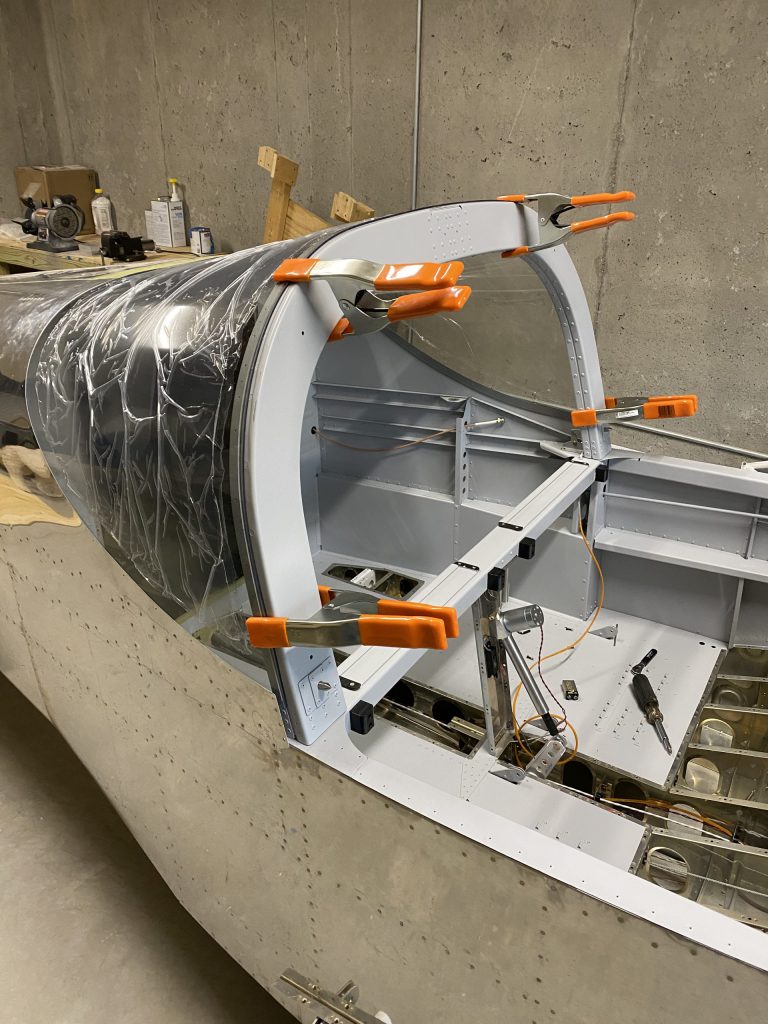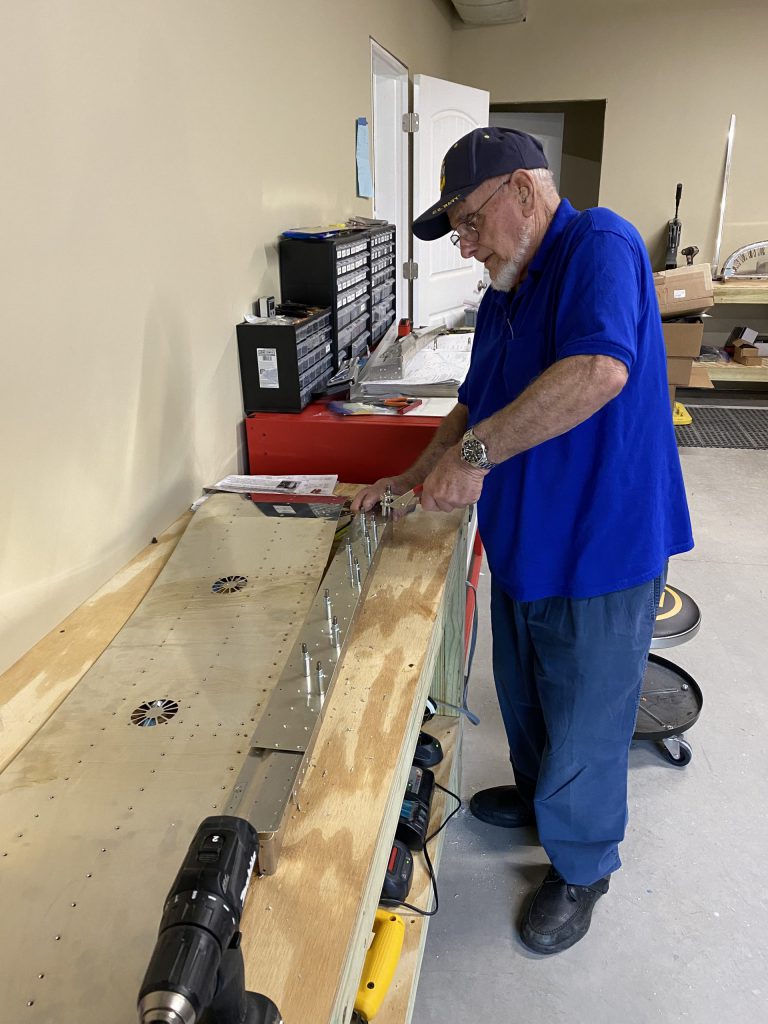We worked on the two small offsets that are used to attach the wheel pant to the nose gear fork. The plans call for cutting these from solid blocks of aluminum. Much harder to do than you might think. The bandsaw struggled to cut through the blocks. I probably need to get another band saw blade.
Van’s sent an e-mail asking for the rest of the money for the engine. This means it should be here in the next 30 days. Woo hoo!
2 hours (2 people x 1 hour)













